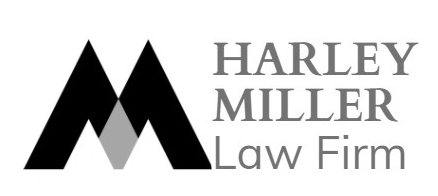When registering intellectual property rights in foreign countries, timing is a critical factor. Generally, determining the exact timing to start the application process can be challenging. The precise timing will depend on considering the following factors:
- The timing of when you introduce your product to the market.
- The number of countries and your financial capacity to protect your intellectual property abroad.
- The likelihood of third parties independently developing, copying, or imitating the technical features, designs, or trademarks of your product.
However, there are some important considerations to ensure that you don’t spend excessively to maintain your intellectual property rights too early or miss critical timing for foreign registration.
Registering Too Early
Registering intellectual property rights in multiple foreign countries can be costly, and it’s crucial not to initiate this process too early, or you may incur unnecessary application fees, translation costs, and maintenance fees at an early, non-commercial stage. A way to delay the obligation to pay national filing fees, translation fees, and maintenance fees prematurely is by using the international patent registration system called the Patent Cooperation Treaty (PCT).
Registering Too Late
There are also significant reasons not to file intellectual property registration too late.
First and foremost, for intellectual property rights that require registration or grant of protection (such as patents, trademarks, and industrial designs), most countries apply a “first-to-file” principle, meaning the first applicant will receive protection. For patents, this is known as the “first-to-file” system, where waiting too long means others may have already researched and found identical or similar solutions to the invention before you apply, potentially leading to the loss of exclusive rights to your invention. Similarly, for trademarks, your trademark is unlikely to be registered if it is considered identical or similar to someone else’s registered trademark.
Second, when you introduce a new product or disclose technical or artistically creative features about your product, it is generally considered too late to receive protection. Inventions or industrial designs that have been disclosed will not meet the novelty requirement and thus may not be eligible for protection, unless there are legal provisions for grace periods. It’s essential to remember that this rule does not apply to trademarks, and you can receive protection for your trademark after you’ve used it in the market (but it’s generally advisable to register it before market introduction).
A third crucial reason for not waiting too long, especially if you’ve registered for protection in your home market, relates to the concept of priority rights. This means that based on a regular application for intellectual property rights submitted in one country within a specific time frame (usually between 6 to 12 months, depending on the type of intellectual property), you can typically apply for protection in most other countries. Those later applications will be considered as having been filed on the same day as the first application. However, late-filed applications lose priority rights for all applications for the same invention or design. For patents and industrial designs, applications filed abroad after the priority period ends may not enjoy priority rights and may not meet the novelty requirement, thereby losing eligibility for exclusive rights.
Priority rights offer significant advantages for applicants wishing to protect their inventions or industrial designs in multiple countries. However, they also come with a clear deadline. The benefits include not having to file applications simultaneously in the home country and other countries, as there is a period (between 6 to 12 months) to decide in which countries to seek protection. During this time, applicants can prepare the necessary conditions for commercializing their new products. On the other hand, applicants must strictly adhere to the priority deadline to secure protection abroad.
Priority periods vary for different types of intellectual property:
- For patents, the priority period is 12 months from the filing date of the first application. Registering through the PCT system provides an additional 18 months (or 8 months in some cases) to decide which countries to seek protection in.
- For industrial designs, most countries have a 6-month priority period from the filing date of the first application.
- For trademarks, the priority period is also 6 months.
Copyright and Related Rights
The issue of timing for copyright registration in countries that require it also arises in the field of copyright. Since there are significant advantages to registering copyright in countries with such provisions, it is generally advisable to register as early as possible (ideally before exporting the protected work). Additionally, for certain works, you should register copyrighted works with collective rights management organizations. If you have registered with collective organizations in your home country, they may arrange with partner organizations in other countries to ensure fair distribution of royalties for protected works of their members.





